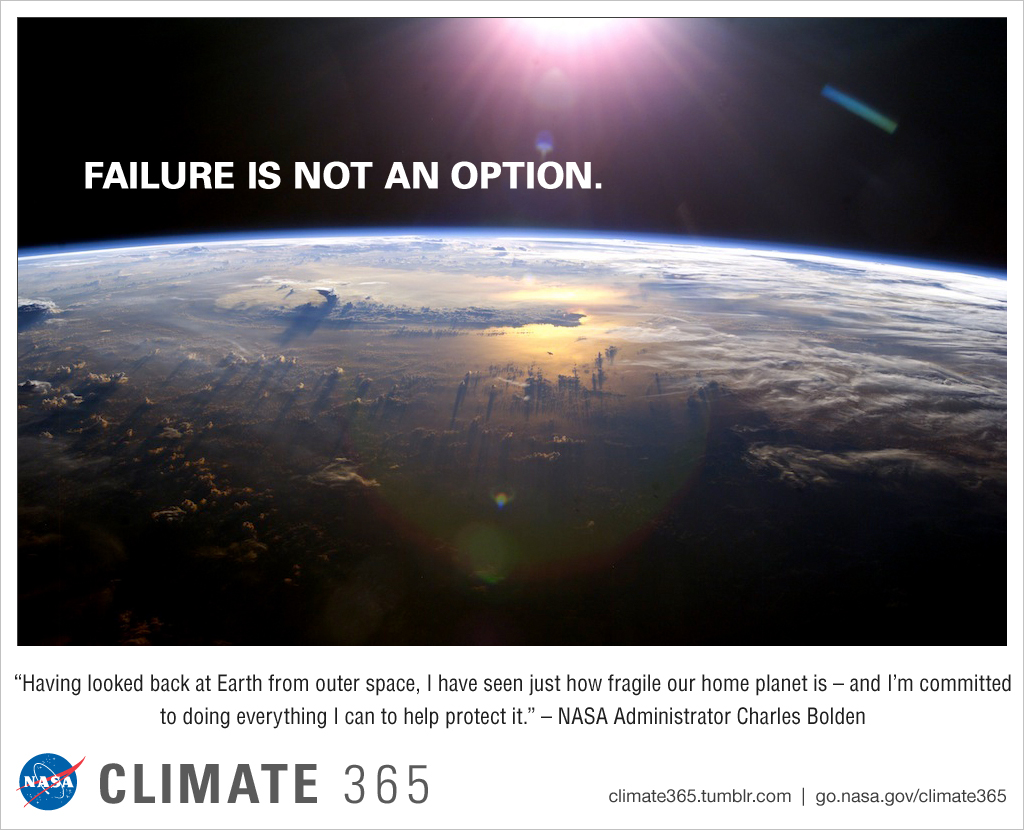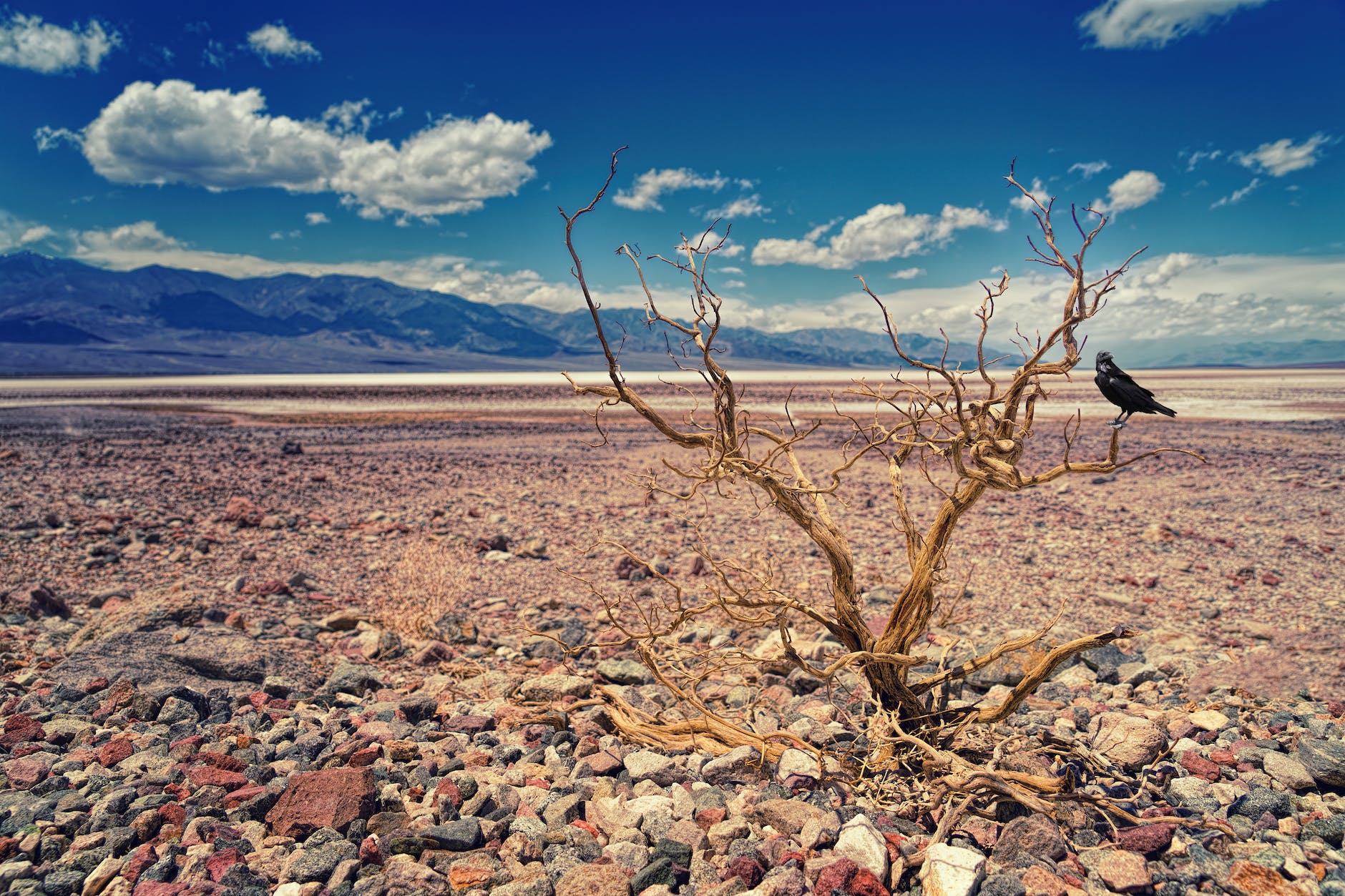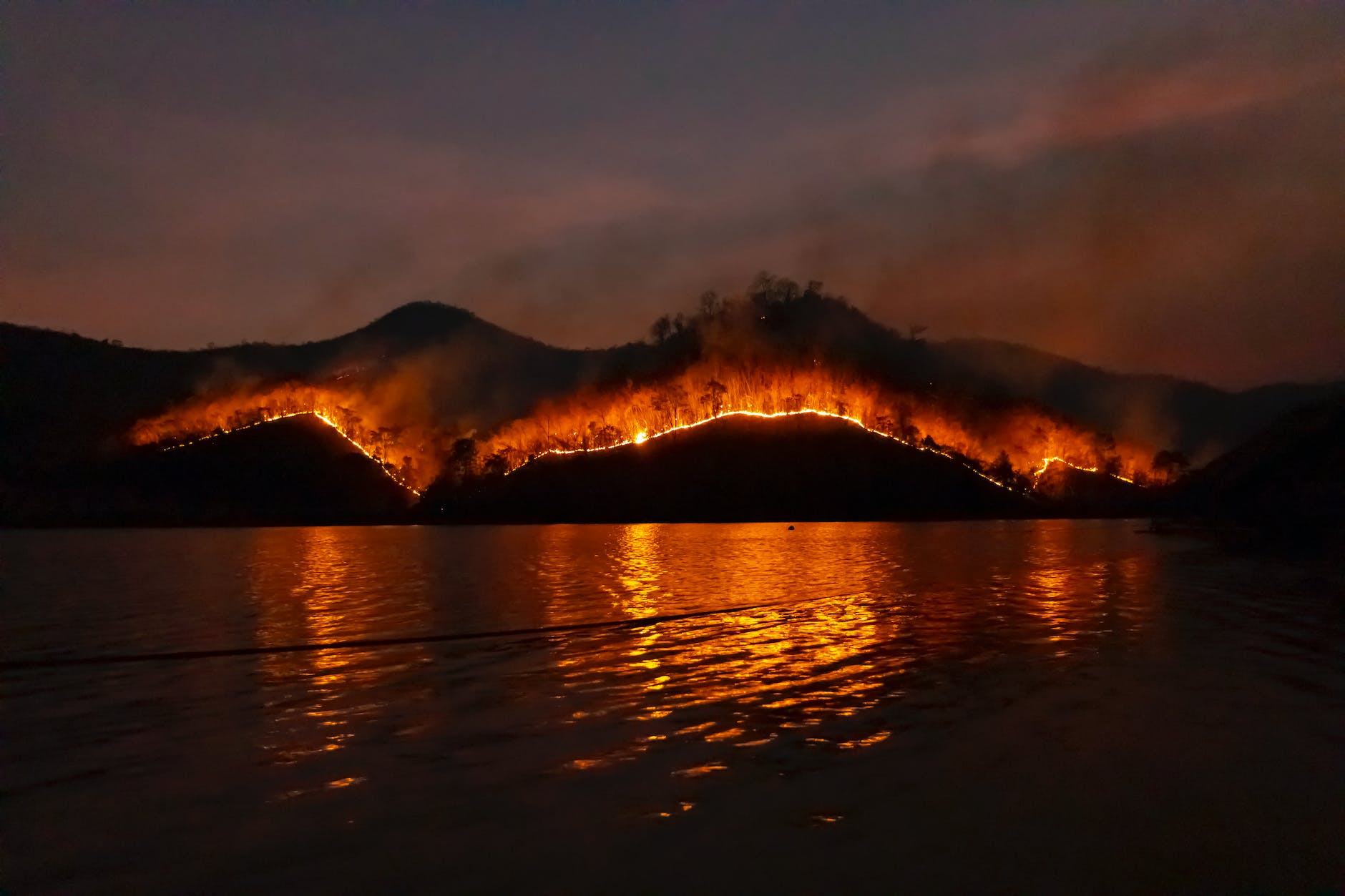Tag: Resilience
-

Understanding Adaptation and Mitigation
Definitions, Differences, and Geospatial Considerations tl;dr This article introduces the concepts of climate change adaptation and mitigation, highlighting their differences and the role of geospatial science. Adaptation involves adjusting systems to reduce damages and exploit opportunities, while mitigation aims to reduce greenhouse gas emissions. Differences include objectives, benefits, costs, and timing. Geospatial science plays a…
-

Droughts in the US: Understanding the Impacts, Challenges, and Solutions
Droughts in the US pose significant challenges to ecosystems, communities, and well-being. Climate change exacerbates drought conditions, leading to water stress, food insecurity, wildfires, and health impacts. Building resilience through diverse water sources, conservation, sustainable agriculture, and integrated management is crucial. Local agriculture can mitigate food insecurity by diversifying crops and promoting soil conservation. Droughts…
-

Fires
By taking the time to assess wildfire risks and create plans for prevention, protection, education and response a community can better prepare itself for wildfires and increase its resilience in the face of these disasters. With access to the right resources and knowledge, a community can be wild fire-ready and resilient in case of emergency.…
-

What is Resilience?
Resilience refers to the ability to recover to normal after disruptions. To build resilience, communities need to identify potential threats, assess vulnerabilities, and engage stakeholders in planning processes. There are plenty of resources available, including federal programs and non-governmental organizations. Building resilience is an ongoing collaborative effort involving both government and non-governmental organizations, as well…